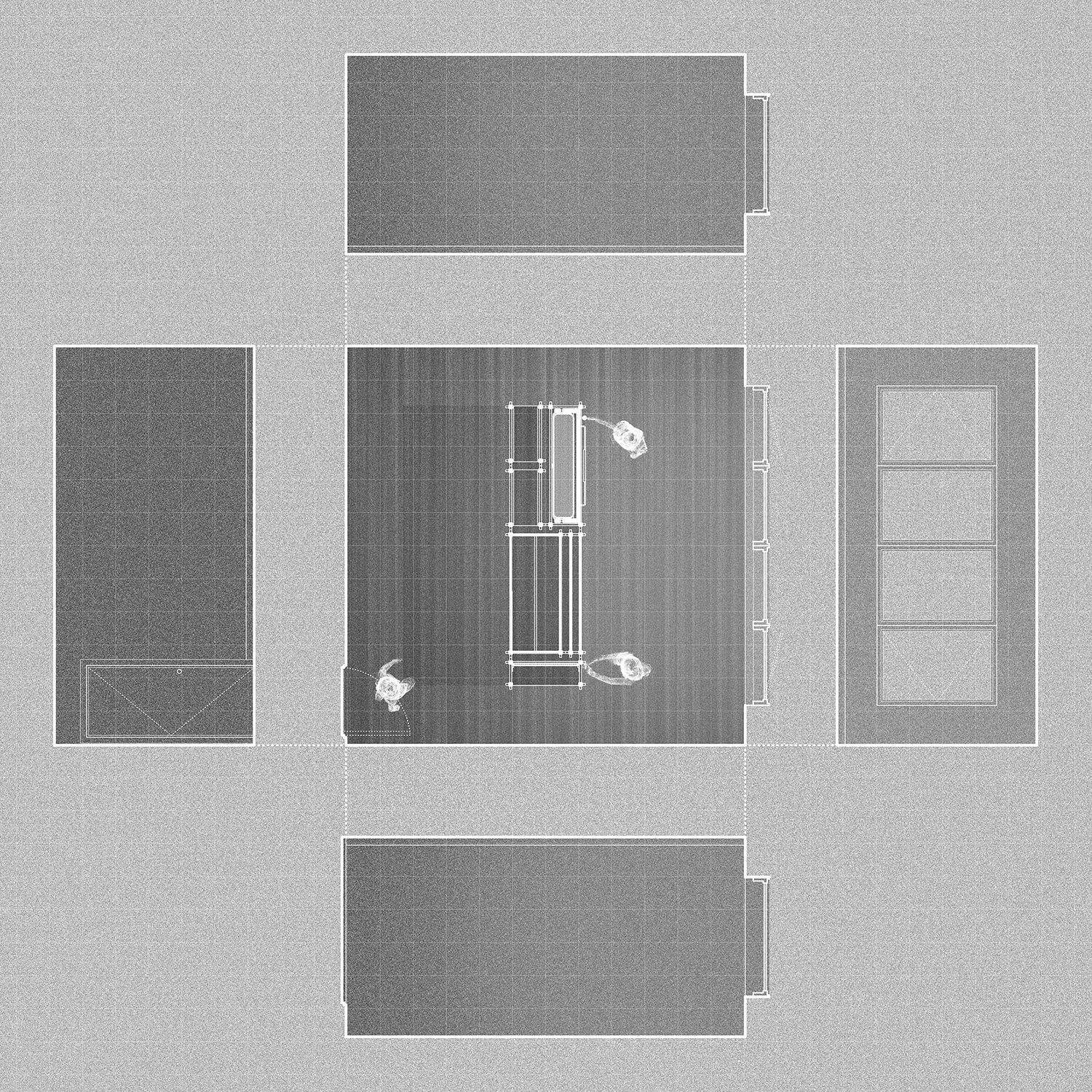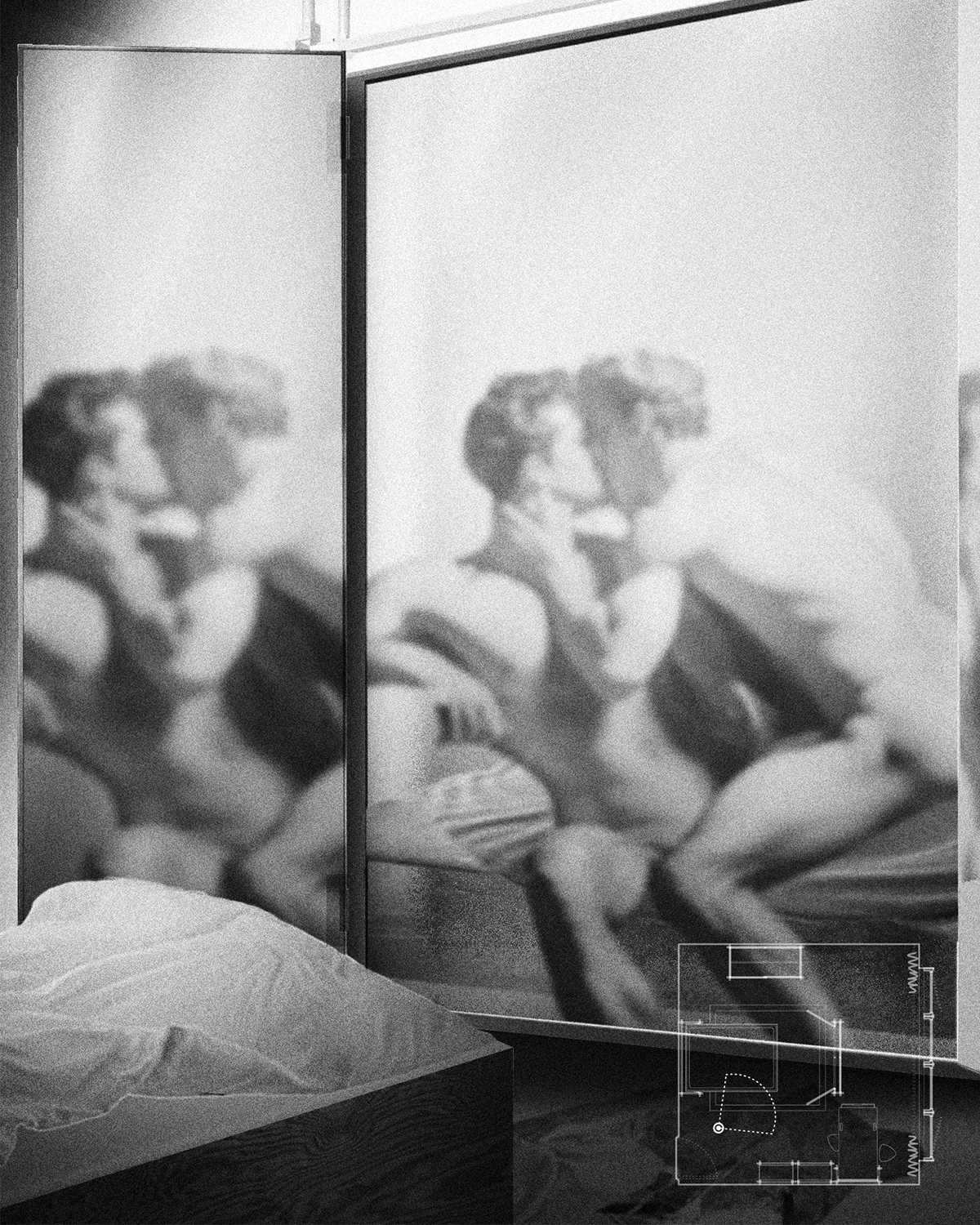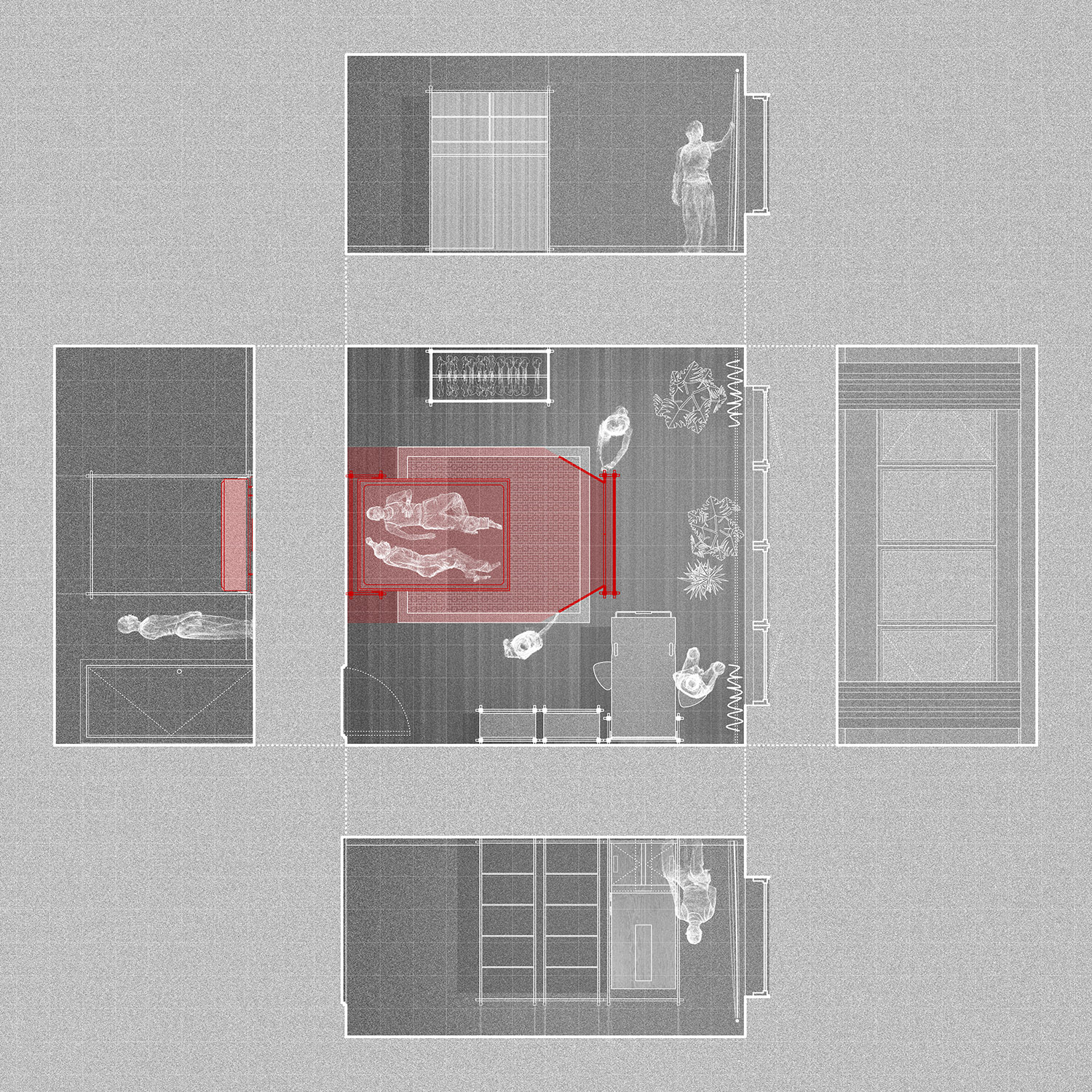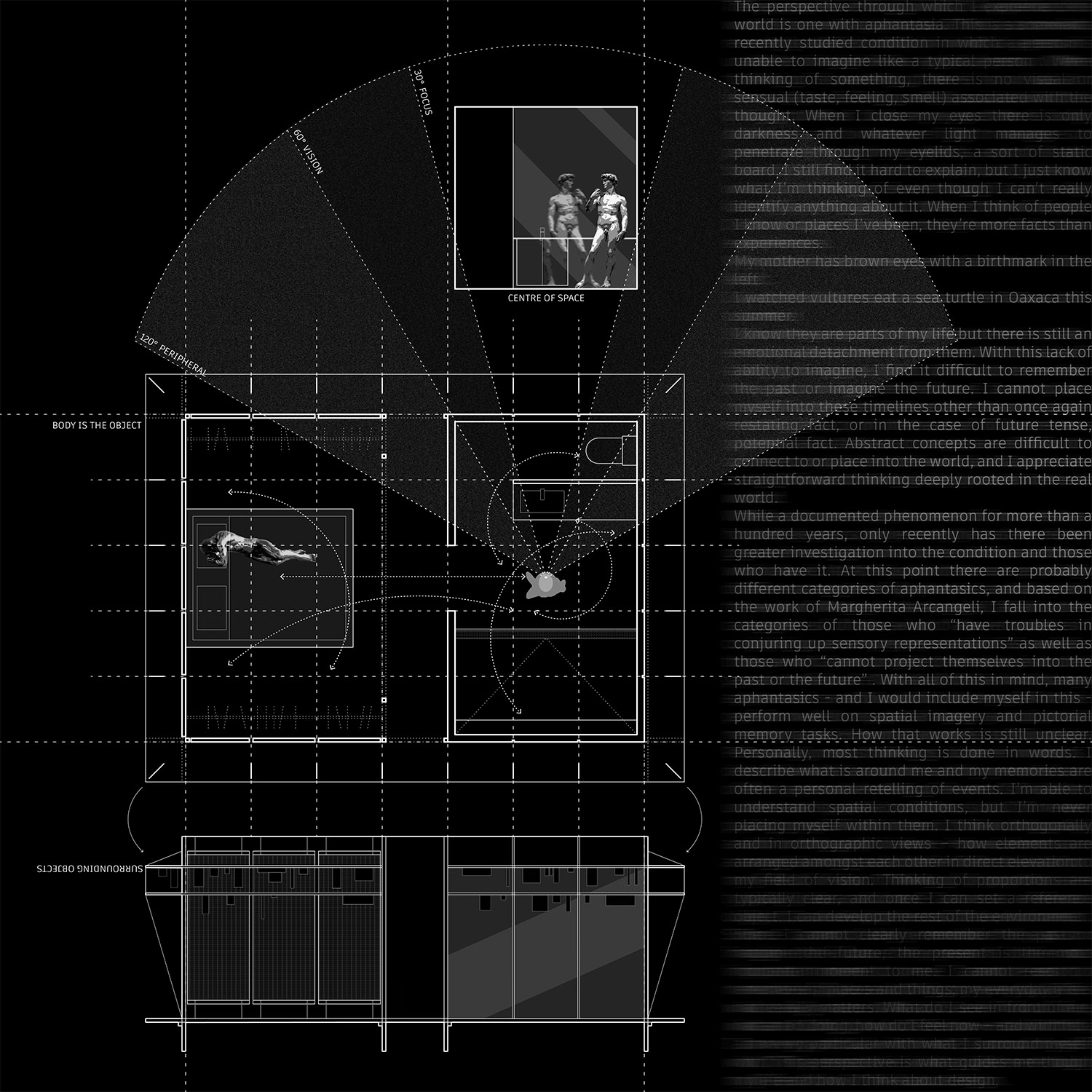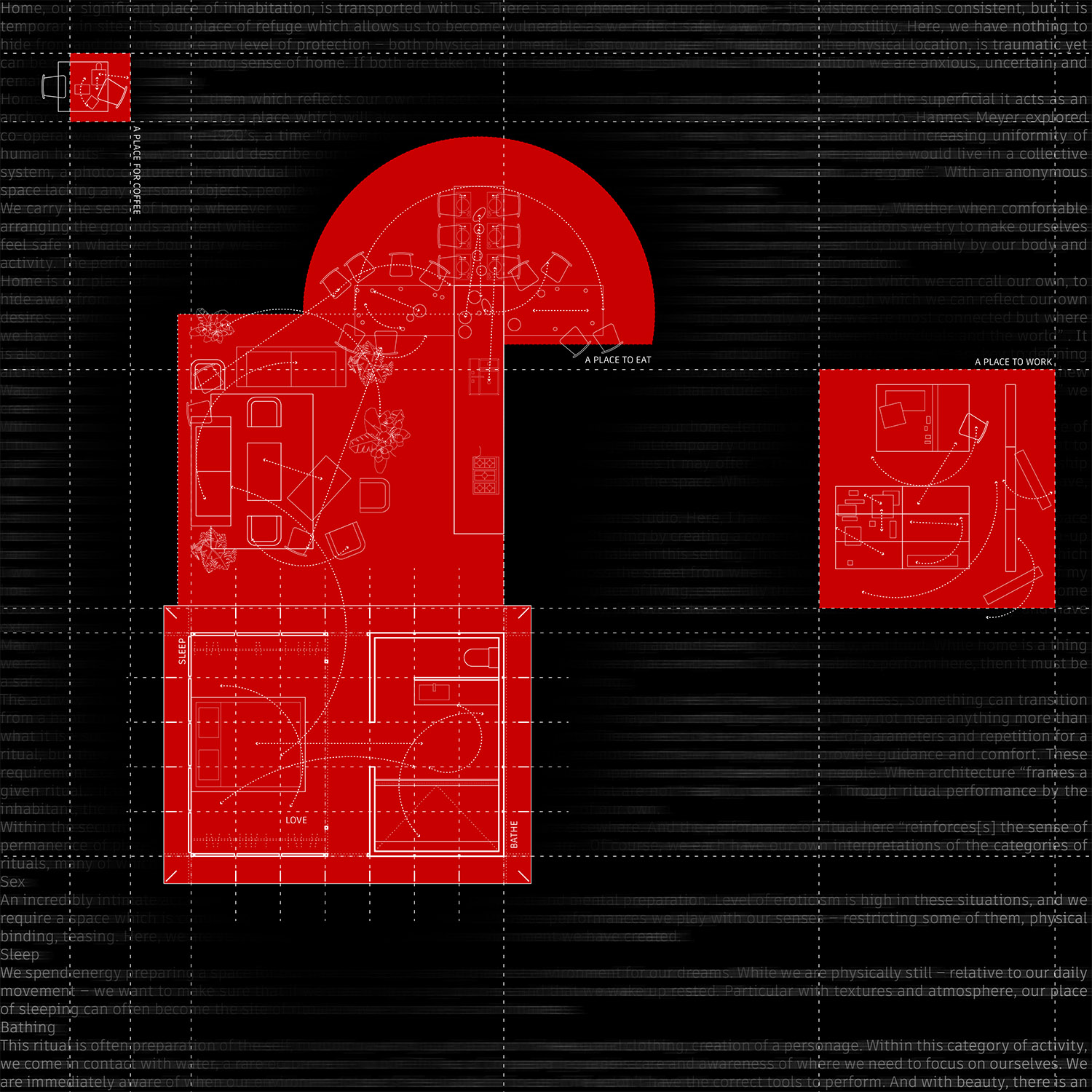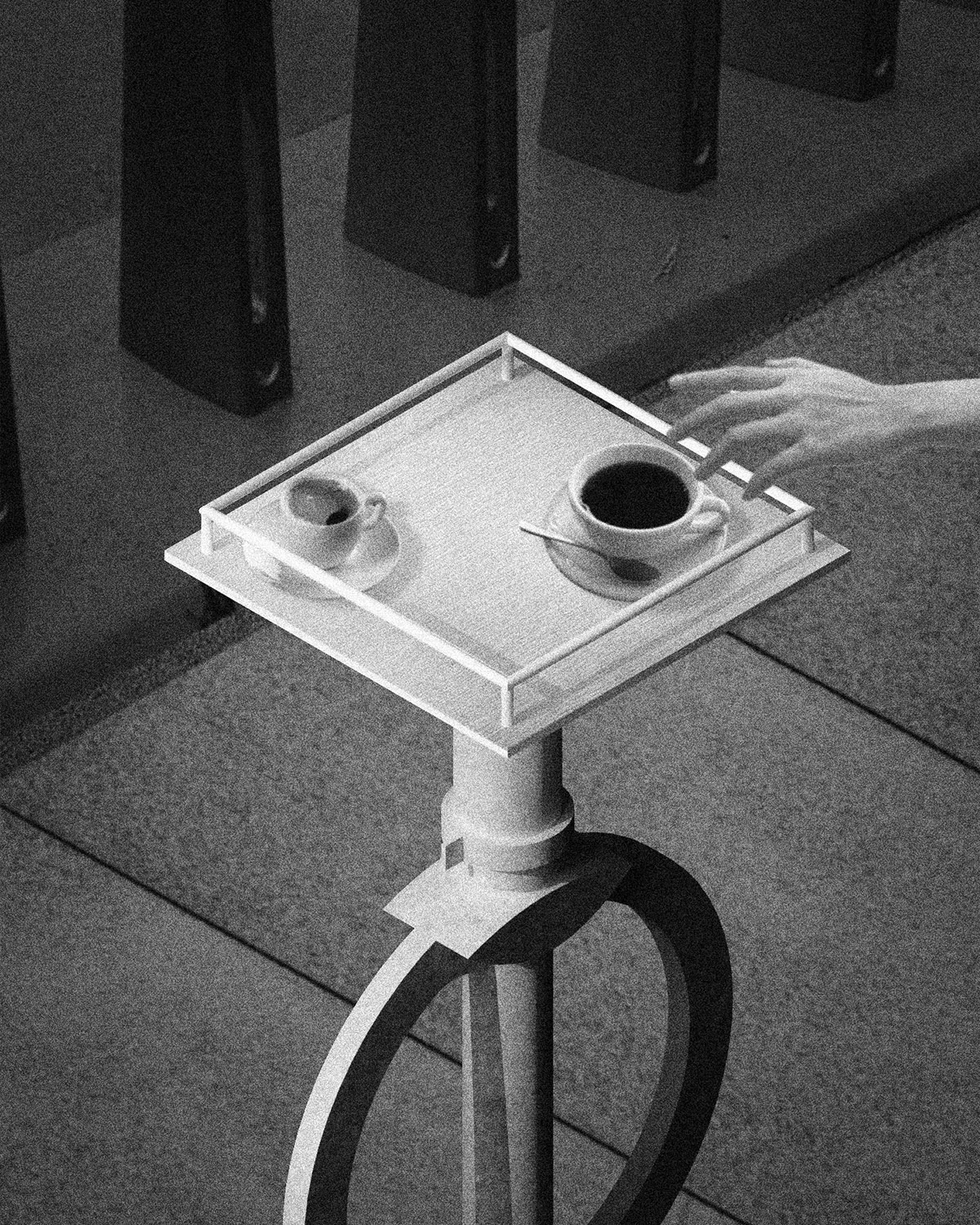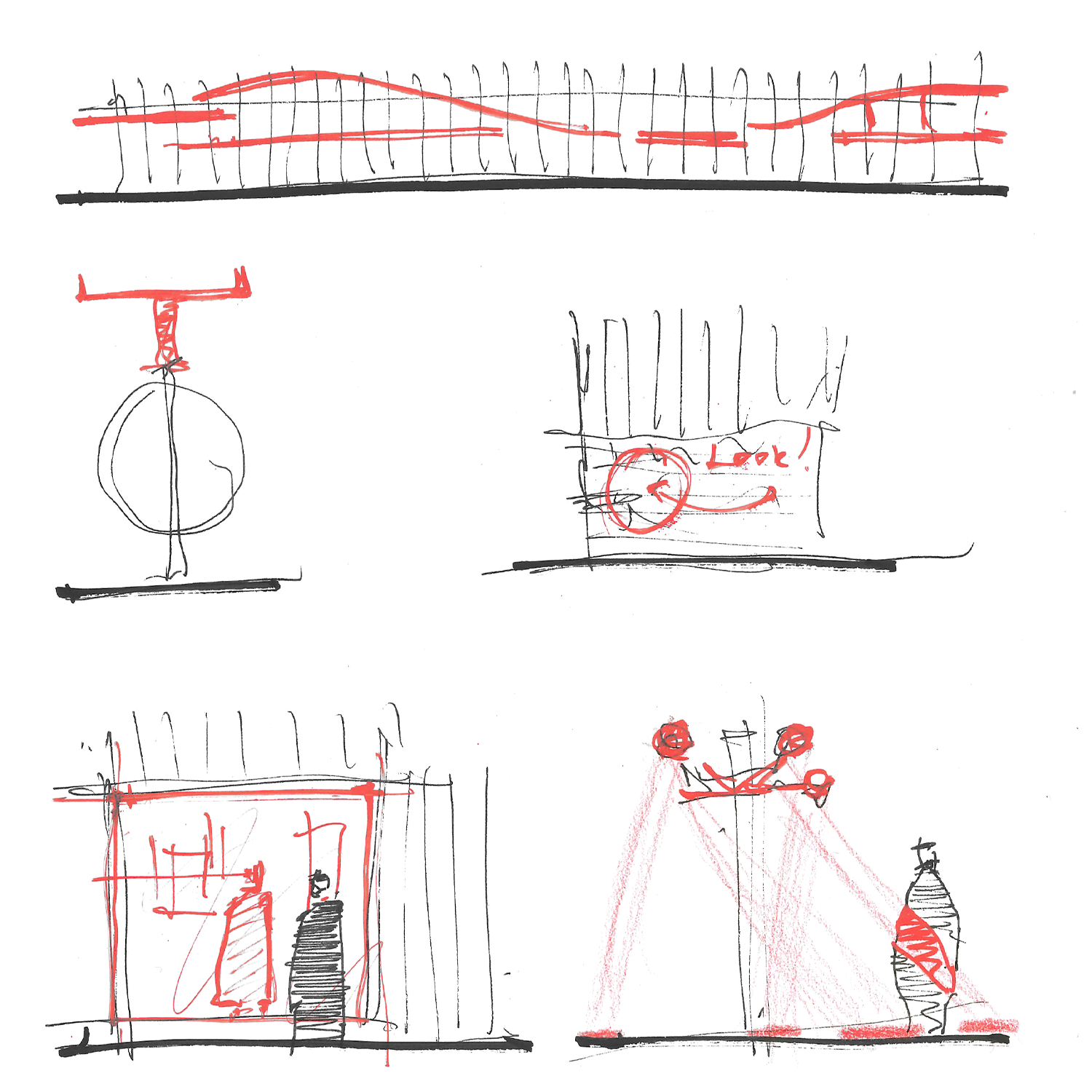MASTER OF ARCHITECTURE
Christian Maidankine— RAIC Honour Roll
![]()
Christian Maidankine— RAIC Honour Roll

About the Award
RAIC Honour Roll:
For those students who have achieved high academic standing in the top 10% of their graduating class.
Aphantasia, while something that could be considered limiting, has created a perspective which forces me to focus on the immediacy of my life. With the inability to imagine or to place myself in different timelines, I have become much more connected to the present moment - I cannot lose myself in what was or what could be, rather paying attention to what IS. Right now. Vision, its importance sometimes minimized, plays a crucial role in all our lives, with aphantasia or not - the difference is that the condition deletes all information beyond the bounds of my field of vision. It focuses, frames, and isolates the composition of the everyday for me to experience and find myself within. Every time I open my eyes, I get an immediate sensation of seeing for the first time, and this moment of ‘reset’ is what forces me to actively ground myself to my environment.
This work has been an exploration of the architecture that makes up our everyday; the changing scales of space which we are constantly crossing between - always within something. Starting and ending our waking time in our bed, this becomes the first space we find ourselves, expanding through our home, places of dwelling and inhabitation as we wander through the everyday. Through our own bodies, the carriers we possess, and the environment itself, these spaces are revealed, unfolded within, over, and across each other as our instinct to dwell takes hold. By nature, we want to settle. To feel safe and comfortable in our setting, and we all have our own techniques and rituals to do so. By attentively repeating our performances we ground ourselves to where we are through what we are doing, and after enough time, we can begin to connect ourselves to our past.
By paying attention to the minute details of our everyday, we begin to genuinely care for our architecture. Rather than sweeping across with our eyes and experience, we stop and really look. Focusing on the immediate condition is how we can not only feel present but begin to notice change so that every time we return we realize that our daily rhythm is not a complete copy of the day before. By developing a process in which we can carefully understand and observe our built environment, we are working with architecture. Paying attention and acknowledging what these spaces mean in our lives, on our own or as a composition, is what distinguishes ‘building’ from ‘architecture’. The idea of carriers has become a framework from which we can more deeply be connected to our present condition - the one that really matters. Where are we finding ourselves in our world? And how have we ended up settling in the spaces where we do? Looking at how spaces are revealed, unfolded, and occupied can be applied to all scales we inhabit. I’ve chosen to focus on a particular scale that is often transportable but remains occupiable, and explored interventions which acknowledge the everyday rhythm of ourselves both inside and outside of our dwellings.
RAIC Honour Roll:
For those students who have achieved high academic standing in the top 10% of their graduating class.
Aphantasia, while something that could be considered limiting, has created a perspective which forces me to focus on the immediacy of my life. With the inability to imagine or to place myself in different timelines, I have become much more connected to the present moment - I cannot lose myself in what was or what could be, rather paying attention to what IS. Right now. Vision, its importance sometimes minimized, plays a crucial role in all our lives, with aphantasia or not - the difference is that the condition deletes all information beyond the bounds of my field of vision. It focuses, frames, and isolates the composition of the everyday for me to experience and find myself within. Every time I open my eyes, I get an immediate sensation of seeing for the first time, and this moment of ‘reset’ is what forces me to actively ground myself to my environment.
This work has been an exploration of the architecture that makes up our everyday; the changing scales of space which we are constantly crossing between - always within something. Starting and ending our waking time in our bed, this becomes the first space we find ourselves, expanding through our home, places of dwelling and inhabitation as we wander through the everyday. Through our own bodies, the carriers we possess, and the environment itself, these spaces are revealed, unfolded within, over, and across each other as our instinct to dwell takes hold. By nature, we want to settle. To feel safe and comfortable in our setting, and we all have our own techniques and rituals to do so. By attentively repeating our performances we ground ourselves to where we are through what we are doing, and after enough time, we can begin to connect ourselves to our past.
By paying attention to the minute details of our everyday, we begin to genuinely care for our architecture. Rather than sweeping across with our eyes and experience, we stop and really look. Focusing on the immediate condition is how we can not only feel present but begin to notice change so that every time we return we realize that our daily rhythm is not a complete copy of the day before. By developing a process in which we can carefully understand and observe our built environment, we are working with architecture. Paying attention and acknowledging what these spaces mean in our lives, on our own or as a composition, is what distinguishes ‘building’ from ‘architecture’. The idea of carriers has become a framework from which we can more deeply be connected to our present condition - the one that really matters. Where are we finding ourselves in our world? And how have we ended up settling in the spaces where we do? Looking at how spaces are revealed, unfolded, and occupied can be applied to all scales we inhabit. I’ve chosen to focus on a particular scale that is often transportable but remains occupiable, and explored interventions which acknowledge the everyday rhythm of ourselves both inside and outside of our dwellings.
